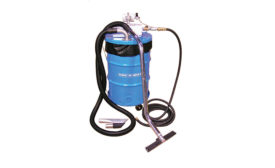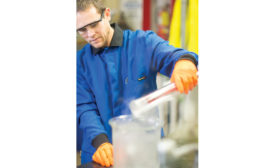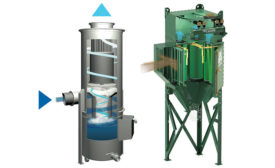Home » Combustible dust
Articles Tagged with ''Combustible dust''
Maintenance worker burned in flash fire
OSHA: Manufacturer had four previous fires
April 8, 2016
Respiratory standard prevents serious illnesses
But inspectors assessed penalties totaling $2,731,806 in 2015
March 1, 2016
Never miss the latest news and trends driving the safety industry
eNewsletter | Website | eMagazine
JOIN TODAYCopyright ©2024. All Rights Reserved BNP Media.
Design, CMS, Hosting & Web Development :: ePublishing








